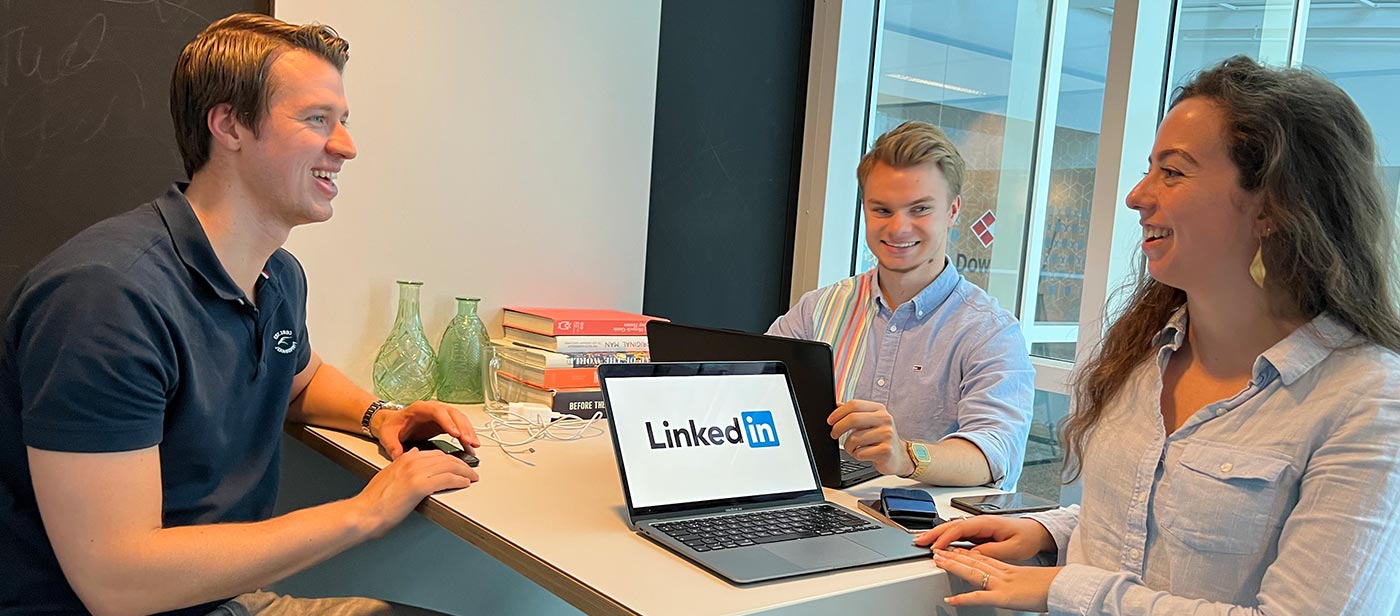Imagine you’re at work, achieving fantastic things, but no one notices. Isn’t this frustrating? So, what is personal branding and why should you care? It’s about accentuating what makes you uniquely you. A great personal brand may help you discover new possibilities, increase your impact, and achieve your objectives. It is your ticket to stand out and be remembered. Ready to shine and leave your mark? Let’s dig in.
Auditing your current personal brand
To boost your personal brand, conduct a complete audit.
Self-reflection
Take a minute to contemplate. What are your basic beliefs and passions? Consider the talents and expertise you bring to the table. What differentiates you from others in your field? Identifying these factors helps you develop your distinct brand identity.
Online presence audit
Next, do a Google search for yourself. What comes up? Is this what you want others to see? Check your social media profiles. Are they congruent with the brand image you wish to project? Check out your online content. Does it reflect your skills and values? Make sure everything you put out there represents the professional image you want to project. This honest assessment is the first step in building a strong personal brand.
Define your personal brand
Defining your unique brand is critical for generating an unforgettable impression.
Crafting your brand statement
First, consider your target audience. Who are the folks you hope to reach? Knowing your target audience, whether they be potential employers, clients, or industry colleagues, allows you to adapt your message. Next, examine your value proposition. What distinct value do you provide? This might include your experience, your strategy, or the solutions you provide. Finally, identify your brand’s personality. How would you like to be perceived? Professional, accessible, and innovative? Your personality should show through in all of your interactions and material.
Visual branding
Personal branding relies heavily on visual features. Begin with a professional headshot that matches your personality and the image you want to present. Consistency is essential, so select a color scheme and typefaces that will be used throughout all your web channels. This results in a unified and familiar appearance. Visually appealing material is essential for social media and internet platforms. Choose high-quality photos and graphics that are consistent with your brand. Whether you’re publishing on LinkedIn, Twitter, or your blog, your images should complement your message and draw your audience’s attention.
Implementing your personal branding strategy
You’ve defined your personal brand—now it’s time to bring it to life.
Building your online presence
First, let’s go over your LinkedIn profile. It’s your digital business card, so make it worthwhile. Update your title and summary to better communicate who you are and what you provide. Highlight your experience and talents, and don’t overlook the professional photo.
Moving on, your website or portfolio should shine. This is where people receive a complete image of you, so keep it polished and up to date. Fill it with your finest work, narrative, and what sets you apart.
Finally, be active on sites where your target audience hangs out. Share articles, ideas, and updates that provide value. Your objective is to be recognized as a competent and involved member of your industry.
Networking & engagement
Networking is more than just exchanging business cards and making LinkedIn contacts. It’s about establishing genuine relationships. Attend industry gatherings, whether virtual or in person, and create valuable relationships.
Reach out to influencers and thought leaders in your sector; interact with their material, leave intelligent comments, and share their pieces. It’s an excellent method to be noticed and initiate discussions. Join online networks and forums where your colleagues may debate industry trends. Actively contribute and share your thoughts.
This participation demonstrates that you are not only there to sell oneself, but also to share and learn.
Thought leadership
Positioning oneself as a thought leader requires effort but yields significant results. Begin producing blog entries or articles about issues that are important to you. Please share your unique perspective, experiences, and tips.
If you like to talk, seek possibilities at conferences or webinars. These platforms enable you to demonstrate your skills live.
Prefer to create instead? Explore video material or podcasts. These platforms are thriving and allow you to engage with your audience in a more intimate way. Share tips, conduct interviews with other professionals, or debate current industry trends.
The key is consistency—continue to create high-quality material that reflects your brand and expertise.
Maintaining and developing your personal brand
Maintaining consistency will help your personal brand remain strong. Regularly refresh your internet presence and communicate with your target audience. Be adaptable—your career and ambitions will shift, and your brand should move alongside them.
Track your progress by identifying what works and what does not. Analyze your efforts and adjust your plan accordingly. This constant process keeps your brand contemporary, compelling, and authentic to who you are. Continue to be yourself, learn new things, and allow your personal brand to evolve alongside you.
Embrace your personal brand journey
To sum it up: assess where you are, define your unique value, build your online presence, network genuinely, and keep evolving. Embrace the personal branding journey—it can open doors and create new opportunities. Need guidance? We can help assist you in improving your brand.
Frequently Asked Questions
How long does it take to see benefits from your personal branding efforts?
Seeing effects might take a while—usually a few months. Consistency is essential. Continue participating, sharing, and connecting. Patience pays off as your efforts establish reputation and recognition over time.
What if I am not comfortable with self-promotion?
You don’t have to boast to establish a brand. Focus on offering useful information and assisting people. Allow your skills to speak for itself. Authenticity and helpfulness are more effective than self-promotion.
Can I update my personal branding later on?
Absolutely. Your brand should change alongside you. As your profession and ambitions evolve, update your branding to reflect your progress and new directions. Flexibility helps your brand remain current and real.
What are some frequent pitfalls to avoid when it comes to personal branding?
People can tell when something isn’t genuine. Another common error is to ignore your internet presence. Also, instead of focusing exclusively on self-promotion, bring value to your audience and connect with them meaningfully.

